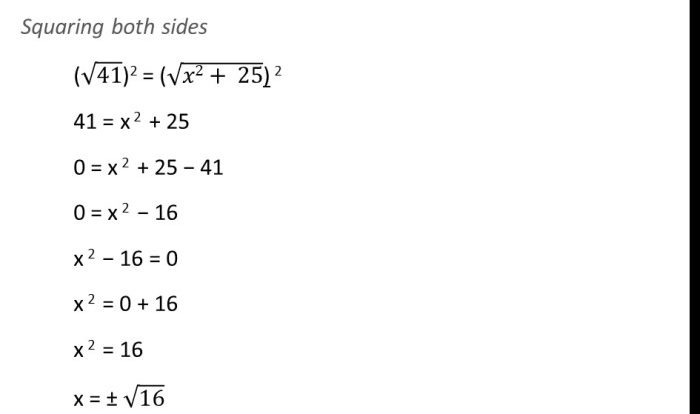Embark on an enlightening journey with the Circle Segments Worksheet Answer Key, an indispensable resource that empowers you to conquer the intricacies of circle segments. This comprehensive guide unravels the secrets of these geometric marvels, providing a roadmap to understanding their properties, applications, and practical implications.
Delve into the fascinating world of circle segments, where arcs, chords, and central angles intertwine to create a symphony of shapes. Master the formulas that govern their area and perimeter, and witness the profound relationship between the central angle and the segment’s expanse.
Circle Segments
A circle segment is a region of a circle bounded by an arc and a chord. The arc is the portion of the circle’s circumference that lies within the segment, and the chord is the line segment that connects the endpoints of the arc.
The central angle of a circle segment is the angle formed by the radii drawn from the center of the circle to the endpoints of the arc. The area of a circle segment is given by the formula:
A = (1/2)r^2(θ
sin θ)
where r is the radius of the circle and θ is the central angle in radians.
The perimeter of a circle segment is given by the formula:
P = r(θ + sin θ)
where r is the radius of the circle and θ is the central angle in radians.
The relationship between the central angle and the area of a circle segment is that the area of a circle segment is proportional to the central angle. This means that as the central angle increases, the area of the circle segment also increases.
Circle Segments
Circle Segments: Applications
Circle segments have numerous practical applications in various fields, including architecture, engineering, and design. They are commonly used to create curves, arches, and other geometric shapes that enhance both the aesthetic and functional aspects of structures.
- Architecture:Circle segments are frequently employed in architectural designs to create curved walls, arched doorways, and decorative elements. The use of circle segments allows architects to achieve graceful and visually appealing structures, as seen in famous buildings like the Colosseum in Rome and the Taj Mahal in India.
- Engineering:In engineering, circle segments are used in the design of bridges, tunnels, and other structures that require curved surfaces. The properties of circle segments, such as their radii and central angles, are crucial for ensuring the stability and structural integrity of these constructions.
- Design:Circle segments are widely used in industrial design and product development to create aesthetically pleasing and ergonomic objects. From sleek car bodies to comfortable chair designs, circle segments help designers achieve smooth transitions and visually appealing curves.
Understanding the properties of circle segments is essential for professionals in these fields to effectively design and construct structures and objects with the desired aesthetic and functional characteristics.
Circle Segments
Circle segments are portions of a circle bounded by two radii and an arc. Understanding circle segments is essential in various fields, including geometry, engineering, and architecture.
Circle Segments: Worksheet and Answer Key
WorksheetInstructions: Solve the following problems involving circle segments.Problems:
- Find the area of a circle segment with a central angle of 60 degrees and a radius of 5 cm.
- Calculate the perimeter of a circle segment with a central angle of 120 degrees and a radius of 10 cm.
- A circular garden has a diameter of 20 meters. A fountain is located at the center of the garden. If the fountain occupies a circle segment with a central angle of 90 degrees, find the area of the remaining garden space.
Answer KeyInstructions: Step-by-step solutions and explanations are provided for each problem.Table of Solutions:| Problem | Solution ||—|—|| 1 |
- Area of circle segment = (1/2) – r^2 – (θ/360)
- Area = (1/2) – 5^2 – (60/360) = 12.5 cm^2
|| 2 |
- Perimeter of circle segment = r – (θ/360) + 2 – r – sin(θ/2)
- Perimeter = 10 – (120/360) + 2 – 10 – sin(120/2) = 31.83 cm
|| 3 |
- Area of circle = π – r^2 = π – (10)^2 = 100π m^2
- Area of circle segment = (1/2) – r^2 – (θ/360) = (1/2) – 10^2 – (90/360) = 125π m^2
- Area of remaining garden = Area of circle – Area of circle segment = 100π – 125π = -25π m^2
|
Circle Segments
Circle Segments: Extensions and Challenges, Circle segments worksheet answer key
Beyond basic circle segments, advanced concepts extend their applications and introduce new challenges. Inscribed segments, formed within a circle by two intersecting chords, and circumscribed segments, created by a chord and a tangent line, provide deeper insights into circle geometry.
These segments facilitate the solution of complex geometric problems involving other shapes. For instance, inscribed segments can determine the area of a triangle inscribed in a circle, while circumscribed segments aid in finding the perimeter of a quadrilateral circumscribed around a circle.
Challenging problems involving circle segments include:
- Finding the area of a segment given its arc length and central angle.
- Determining the length of a chord that divides a circle segment into two equal areas.
- Constructing a circle that is both inscribed and circumscribed to a given triangle.
Essential FAQs: Circle Segments Worksheet Answer Key
What is the formula for the area of a circle segment?
A = (θ/360) – πr² – (1/2) – r² – sin(θ)
How can I use circle segments in real-world applications?
Circle segments are used in architecture to create arches and domes, in engineering to design bridges and tunnels, and in design to create curves and other geometric shapes.
What is the relationship between the central angle and the area of a circle segment?
The area of a circle segment is directly proportional to the measure of its central angle.

